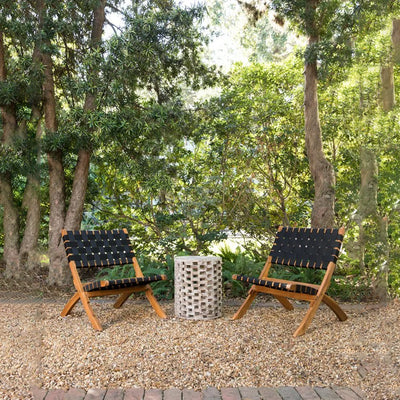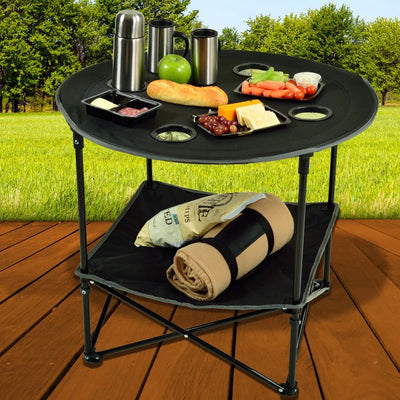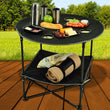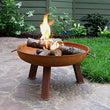Outdoor Living
Pergolas vs. Gazebos vs. Umbrellas: Which is the Best Outdoor Shade Solution?
How to choose the right shade solution for your backyard
Enjoying relaxing sunny days in our backyards is one of the pleasures of the warm weather season. Shade is one of the most important aspects to consider when spending more time outdoors. While we all want to feel the warmth and light of the sun, we don’t want to experience the harmful effects of heatstroke or sunburn. Although trees provide natural shade, they usually are not an option for providing protection from sun exposure on your patio or deck that’s close to the house or for other areas of the yard that’s more open to the elements.
For these areas, you can choose to use a pergola, a gazebo, or an outdoor patio umbrella to provide the shade you need. If you need UV protection and a way to keep cool in the harsh summer sun, this pergolas vs. gazebos vs. umbrellas guide will help you determine which of these three shade solutions is right for your backyard before you buy.

Definitions: Pergola vs. Gazebo vs. Umbrella
If you’re searching for the ideal shade solution, you may also be wondering what is the difference between a pergola, a gazebo, and an umbrella. This article will not only define what they are, it will provide the pros and cons of each.
What is a Pergola?
A pergola is a structure found either in a backyard or sometimes connected to a property. Similar to a gazebo, it may have walls to provide extra protection against the elements or it may have a more open post design. A pergola’s roof is usually slatted to allow some sunlight to shine through unlike the gazebo’s solid roof that blocks the sun. It can have a canopy that opens or closes, or simple roof beams that allows plants such as grapevines, wisteria, honeysuckle, bougainvillea, or climbing roses to grown around the beams and create natural shade. Certain models of pergolas offer the option of shade blinds that can be added on and pulled down to provide shade and privacy.
Pergola Pros and Cons
Pergolas are durable structures that can be made of different materials including wood post and beam or aluminum frame designs. Whether custom built from scratch or assembled from a DIY kit, pergolas must be fixed in place, usually bolted to a cement, stone, or wood foundation, preventing the ability to move your shade around. They allow more privacy with the addition of outdoor curtains or shade blinds to cover the sides. Although they do not have the same sturdy, solid roofs as gazebos and can allow more sunlight to shine through, some designs have louvered roof slats that can open and close while other’s can support climbing or vine-like flowering plants that add fragrance and color to the pergola’s look.

What is a Gazebo?
A gazebo is a small building that sits in an open space in your yard or garden. They often have built-in benches along the perimeter of the interior so you can sit and relax, Gazebos have solid roofs that are usually shingled, are often round or octagonal in shape, and provide full coverage from the sun. The “walls” are usually post and rail designs or lattice designs similar to what you would find on a front porch or they can be more solid at the bottom half. Permanent gazebos also have a floor, either concrete or pavers that are flat and level with the ground or made of wood that is elevated above the ground and accessed by stairs.
Most gazebos are built of wood, but some can also be made from metal, vinyl, or other materials. Some have screened-in designs using cloth mesh covers that attach to the frame to keep the bugs out. They can be permanent buildings that are all-season fixtures on your property. Others are pop-up structures with only legs and a roof that are easily set up and taken down, making them portable and a great choice for use at BBQs, tailgate parties, or sports games.
Gazebo Pros and Cons
Permanent gazebos may require building permits especially if the structure is over 100 square feet in size and will cost more to build and install. They must have a foundation with proper water drainage and must be anchored to concrete footers. Some may require professional installation that includes digging, pouring concrete, laying paving stones, and building a lumber frame. However, a permanent gazebo makes an attractive and useful addition to your home’s exterior space and will last for decades with proper maintenance.
Portable or pop-up gazebos are more cost effective, easy for DIY installation, and can be taken down to be moved and used in a different location or stored in the off season. They still will require set up on a level surface and will require stakes or weights to secure the leg posts to the ground or patio. Portable gazebos will not withstand heavy winds and extreme weather conditions compared to a sturdier permanent fixture. Although they come in many styles and color options, a portable model will not always look as aesthetically pleasing as a higher-end, custom built gazebo.
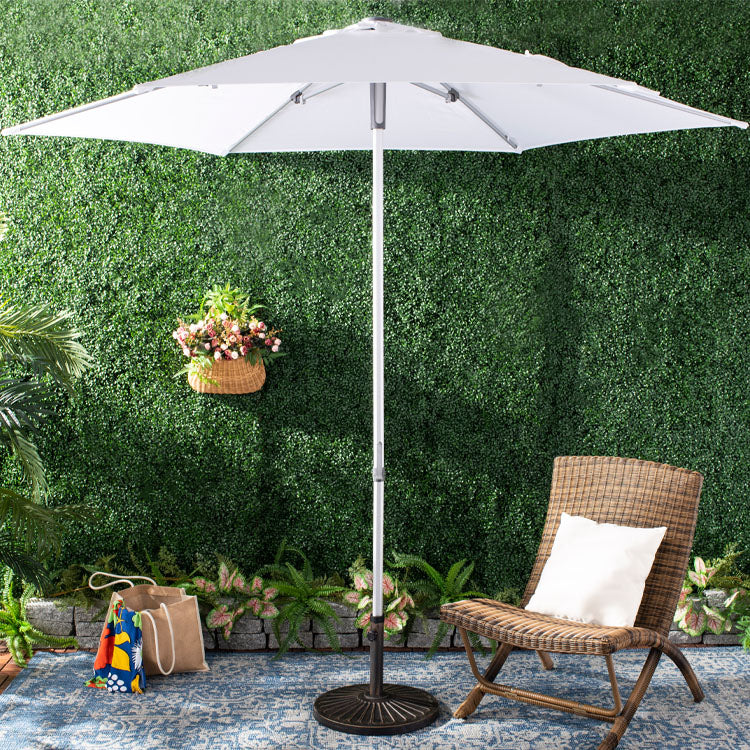
What is a Patio Umbrella?
Perfect for decks and patios, an outdoor umbrella is fully portable and comes in a wide range of sizes, styles, colors, and materials. They consist of a durable post of steel or aluminum mounted on a sturdy base or bolted to the cement or wood footing with a fabric canopy supported by ribs that opens and closed to create shade. They provide shade cover over dining tables, chat areas, or lounging spots around the pool deck.
Patio umbrellas come in two main designs: a market style which has a standard shape that is straight and symmetrical and a cantilever style which features a curved pole that holds the canopy offset from the sturdy base. Most umbrellas allow you to change the position of the canopy to ensure adequate shade as the sun moves over the course of the day. Adjustment mechanisms include crank handles to open and close the canopy, push-button tilt function to change the angle, or a system of pulleys and pins to pivot the umbrella. The canopy comes in an array of fabric choices including fade-resistant Sunbrella, polyester, cotton, or canvas in an almost limitless selection of colors and patterns to suit your home’s style and outdoor décor.
Umbrella Pros and Cons
Although it doesn’t provide as much shade as a pergola or gazebo, a patio umbrellas lets you create shaded zones in more areas of your yard including your deck and is easily portable to change its location or go on the road with you. They are ideal for providing shade over a smaller area such as an outdoor dining table or pool chaise lounge. Depending on the size, design, and materials used, umbrellas can cost anywhere from $50 for a simple beach umbrella to $1,000 or more for a cantilever model, making them an affordable option for a wide range of budgets. Durability will depend on the type and quality of materials, but a higher quality umbrella should last years with proper care. While they have some wind resistance, most umbrellas will not stand up to heavy winds compared to the sturdier structure of a gazebo or pergola and should be secured in a closed position or stored away during extreme weather conditions.
There isn’t a right or wrong solution when it comes to shade – after all any shade is better than none at all in hot, sunny environments. A shade option that works better for you may not work as well for others. It depends on your needs based on location, space, budget, and personal preferences. Make sure you stay cool in the shade by checking out the pergolas, gazebos, and patio umbrellas at Riverbend Home.

